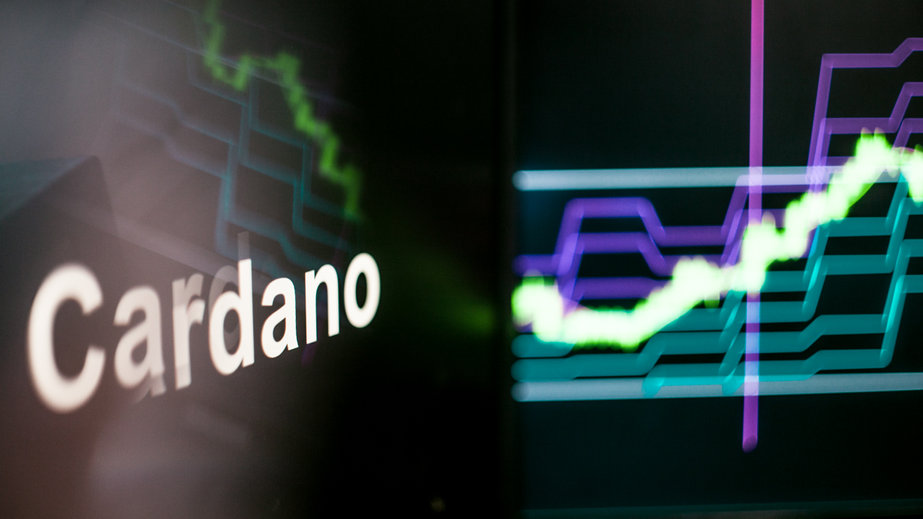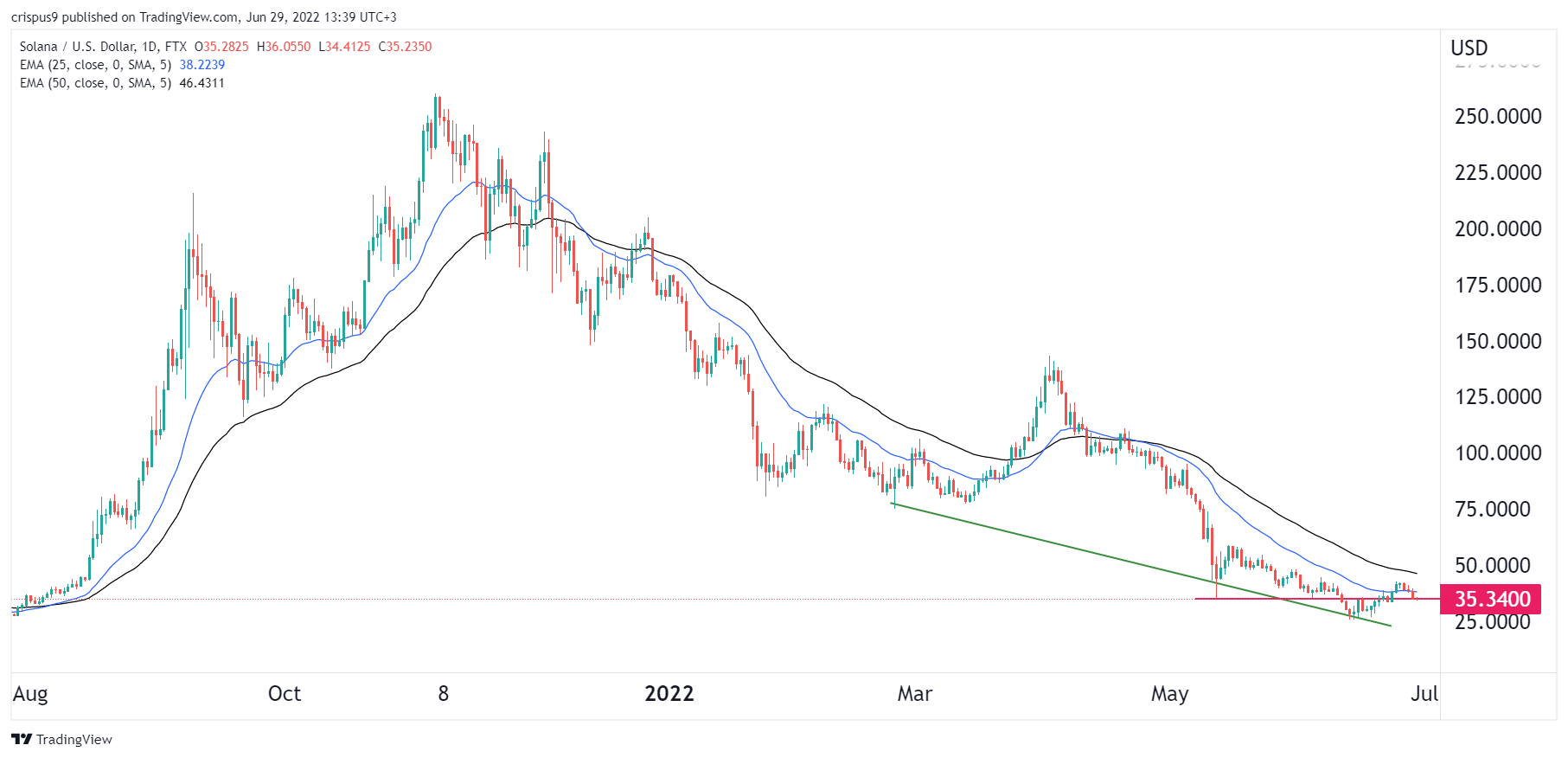
Polkadot, the eleventh biggest cryptocurrency with a market cap of over $7 billion, might be getting a revamp of the entire governance system.
Gov2
The proposal, which is known as Gov2 while in development, can be summarised overall as striving to increase both the decentralisation and decision-making efficiency of the network. In order to do this, referenda will be the only first-class decision-making mechanism. It will contrast with the current form of governance in that many decisions can be happening simultaneously.
With the system that has been in place for the last few years, a technocratic committee has managed issues such as timelines; an approval-voted, elected executive “government” has managed parameters, admin and spending proposals; for everything else, a general voting system has been in place, with long-term stakeholders rewarded with increased influence.
Current drawbacks
This current system has served to limit the number of decisions occurring at once, given the single “all or nothing” referendum model — that is to say, all referenda carry the maximum amount of power. Partly due to this, there can only be one referendum voted at a time and these votes last multiple weeks by default. Additionally, the elected executive is a centralised body and also not anonymous, hence can be pressured one way or another.
However, the current system also offers features that won’t be changed here. For example, 50% of the total stake in the system should, if they have sufficient strength of conviction in their opinion, be able ultimately to command the system’s future. There will also be a greater weight assigned to those who are willing to lock their tokens into the system for longer.
Referendum mechanism
Let’s take a look into how a referendum works, given the new network could be running off these soon.
When a referendum is initially created, it is immediately votable by anyone in the community. However, it is not in a state where it can end, or otherwise have its votes counted, be approved and summarily enacted. Instead, referenda must fulfil a number of criteria before they are moved into a state known as Deciding. Until they are in this state, they remain undecided.
The criteria which need to be met are threefold: Firstly, all referenda have a lead-in period. This is an amount of time which must have elapsed after the proposal before deciding can begin, providing a notice period which mitigates the possibility of “decision sniping”, where an attacker controlling a substantial amount of voting power might seek to have a proposal passed soon after proposing it, not allowing the overall voting population time to consider and vote.
Secondly, there must be room for the decision. All tracks have their own limit on the number of referenda which can be decided simultaneously. The more potent the Origins allowed on the track, then the lower this limit.
Finally, a Decision Deposit must be paid to mitigate against spamming or bloating the system.
Proposals which are not approved after 28 days are considered rejected by default. At this point, the Decision Deposit can be refunded.
Cancellation
Of course, there are issues whereby a proposal being voted on is revealed to contain a problem. In Gov2, there is a special operation for intervening in this way known as Cancelation. This operation immediately rejects an ongoing referendum regardless of its status.
Cancellation is itself a governance operation which must be voted upon by the network in order to execute. This poses a possible problem of timeline, and in order to be useful, getting a cancellation proposal passed must be significantly faster than any possible target proposal passed. As such, cancellation comes with its own Origin and track, which has a low lead-time and approval/support curves with slightly sharper reductions in their thresholds for passing.
It’s a neat way to balance the fear of centralisation with the realities of efficiency.
Final Thoughts
Of course, this is all only a proposal. Nonetheless, there are some very interesting aspects to Gov2 and it will be intriguing to see how it ends up. Bear markets are both a time to build and a time to improve existing infrastructure, so it’s promising to see proposals such as these, whether it ends up passing or not.
Gov2 is set to launch on Kusama imminently, following final professional audit of its code. Following a test period on Kusama, a proposal will then be made for the Polkadot network to vote on.
The post New referendum-led governance structure proposed for Polkadot appeared first on CoinJournal.


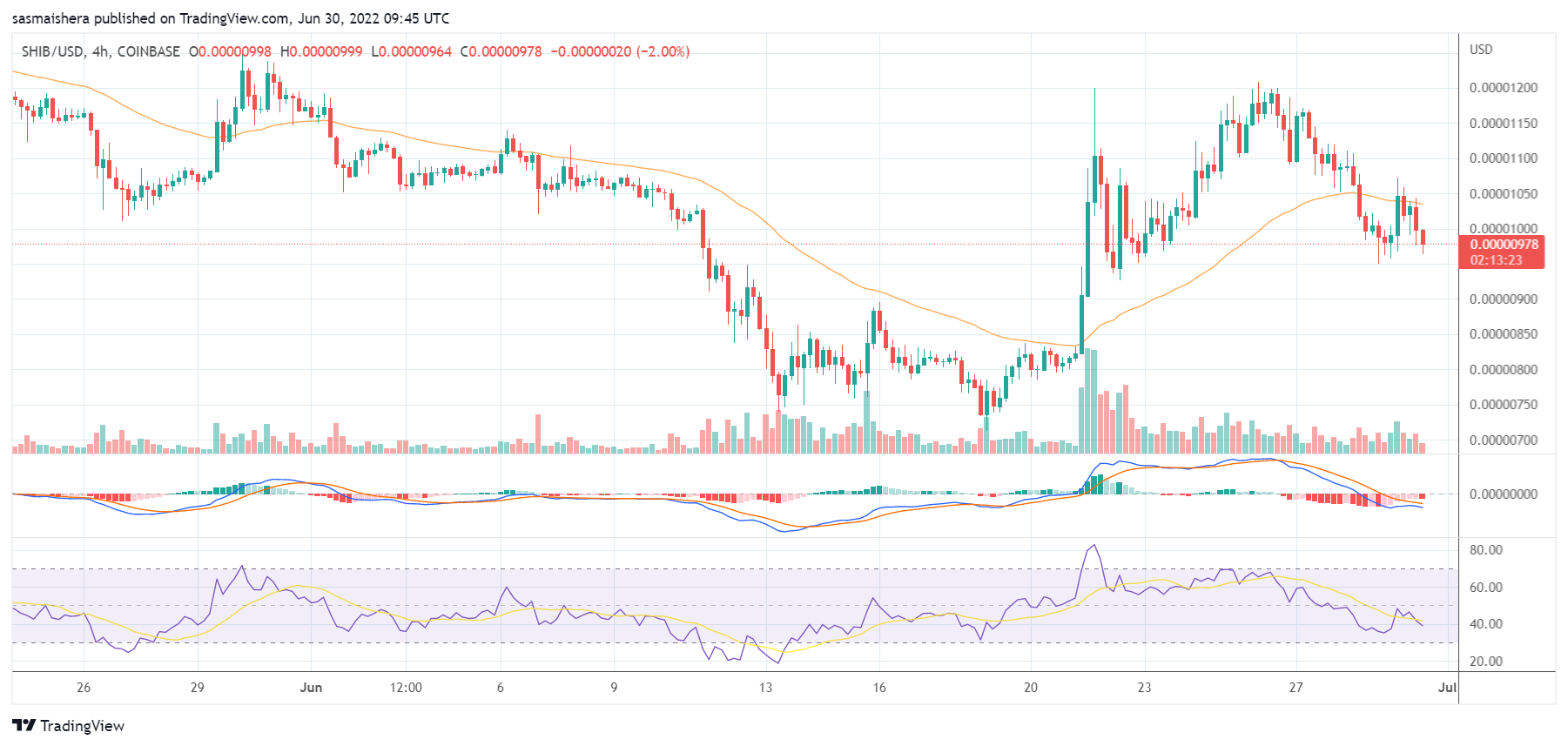
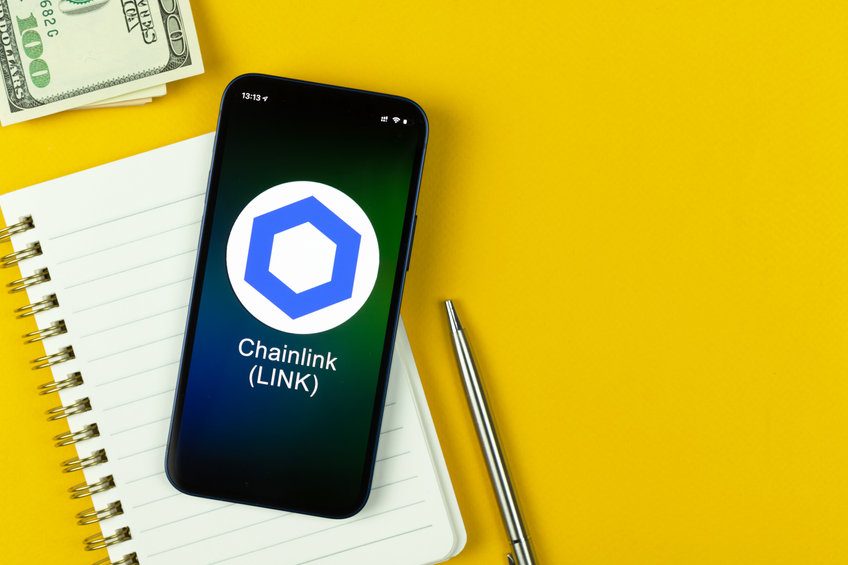
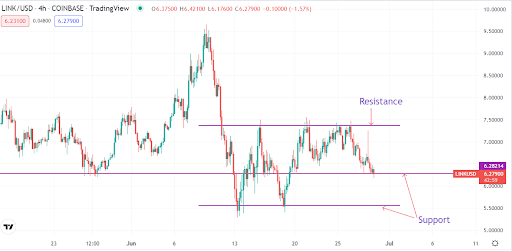 Source – TradingView
Source – TradingView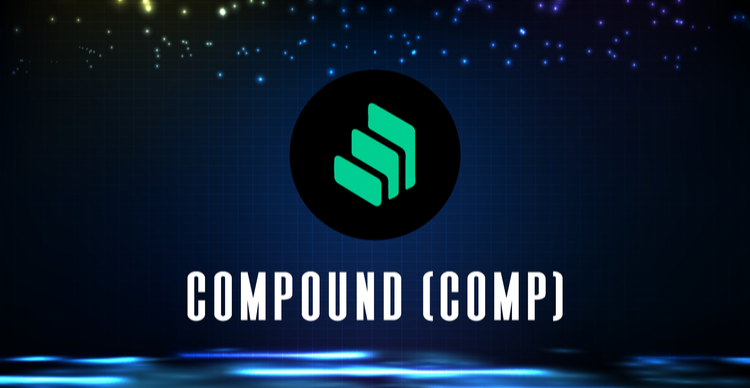
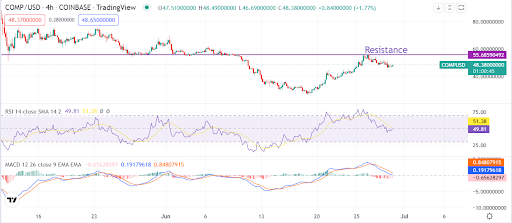 Source – TradingView
Source – TradingView
